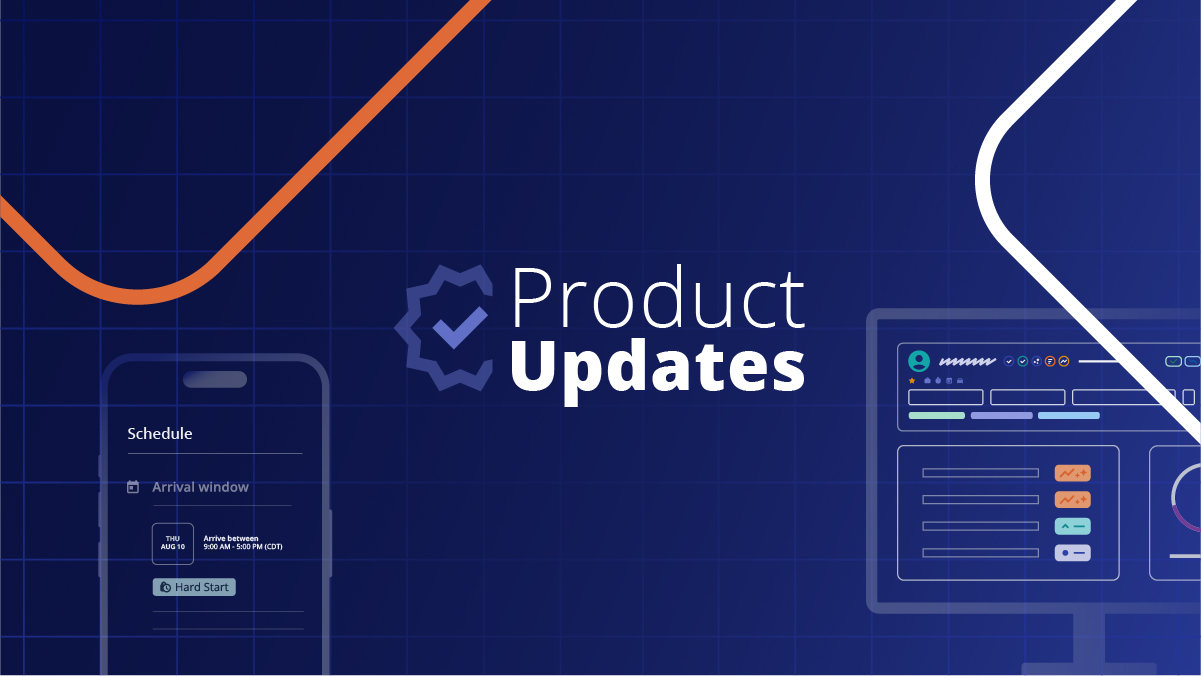Windows 10 support ends Oct 14, 2025. Field service leaders must act now to mitigate risks, meet SLAs, and unlock new service opportunities.
The data center boom is driving demand for skilled field service technicians. Learn key trends and how field services are evolving to meet new challenges.
Discover how robotics companies can boost efficiency by outsourcing simple maintenance tasks to independent technicians.
Nationwide audio/visual installations and support completed for a leading healthcare technology provider, ensuring reliable patient engagement systems and consistent service quality through Field..
Nationwide drop box and kiosk installations completed for a leading logistics provider, delivering consistent quality and coast-to-coast coverage across all 50 states through Field Nation’s on-demand..
Nationwide Wi-Fi and network security installations completed on behalf of a leading technology provider, delivering reliable connectivity and cost efficiency through Field Nation’s on-demand..
Nationwide CCTV and alarm system installation, troubleshooting, and repair services supporting a major restaurant chain with exceptional fulfillment, rapid response, and reliable coverage.
Join us at DSE San Diego Oct 19-21 to explore how smart sensors + smart staffing validate digital signage ROI and drive better outcomes.
Discover how an on-demand labor model can improve service outcomes, reduce costs and give you greater control without sacrificing visibility.
Introducing Predictive Quality In the Fall of 2025, Field Nation launched the Provider Success Score (PSS). It’s the first predictive quality signal designed specifically for field service. Unlike..
This month saw the launch of the Provider Success Score to buyers within the New Provider Match experience.
Veteran telecom technician Mike Mott built a flexible second career through Field Nation, completing 2,800+ projects while balancing freedom, passion, and decades of expertise.
AI is transforming industries, but field service still relies on skilled technicians to solve problems, deliver reassurance, and keep complex systems running.
See how the Field Nation platform helps you manage work orders, find skilled technicians, and access key data to improve service delivery.
Learn how to prevent costly water damage from fire sprinkler systems during building work with key risks, safety tips, and mitigation best practices.


















